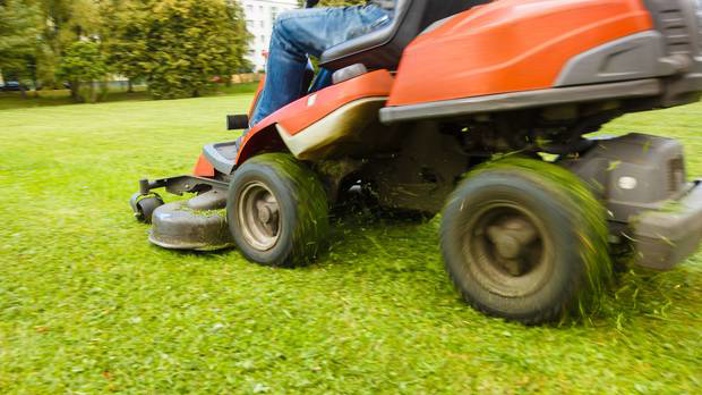Lawns and their problems
Autumn time is a great time to work on “lawns”. This is the best time to “sow” a new lawn, after totally spraying the old grasses and weeds, leaving nothing but a bare soil. Of course you can also get yourself a series of rolled-up turf mats (ready-lawn) or, as I noticed some school principals prefer, create an “all weather” playing field from artificial grass. Spare me!
My definition of a lawn is a place where you can walk from one end of the garden to the other – a pathway, low growing and easy to maintain. It can have flowers and lots of perennials; the kids can play there and birds graze the grubs from under the roots. It certainly should not be a monoculture of grass plants – trimmed to an inch of their life and meticulously cut along the edges...
You’ve got it: I really am not impressed with lawns: few ecosystem services and very low biodiversity. I prefer a prairie, where different plants come to flowering fruition – a meadow of wild flowers with lots of perennials, carrying pollen and nectar and fibre for nests plus seeds for any animal that desires those seeds. There will be toadstools and puffballs, mycorrhizal fungi and mosses.
Now, look at that list! Most people ask me how to destroy those elements in their lawn! Monocultures are usually not very resilient – you’d struggle to keep such a monoculture going in Nature! Nature prefers a Biodiverse make up – it thrives on diversity. Perennials are plants that survive year after year – that makes sense in terms of “investment”; grasses are perennials too.
Flowers feed a lot of organisms and they also create organic matter, made from carbon that came out of the air, that will enrich the soil. The thatch is therefore not a problem but a God-send.
Mosses grow as the pH lowers. They are miniature forests in which an enormous range of caterpillars, millipedes, beetles and flies as well as mites and predators, parasites and other beneficial critters do their brilliant jobs. Moss in lawns is not really a “problem”.
The toadstools, puffballs and fungi indicate there’s a job to do to convert dead organic matter into deposits of slow-release fertilisers in the soil. Those circles of mushrooms in your lawn tell you there are still a lot of dead old roots down below that need to be composted in situ!
Many lawn-owners ring me to ask how to exterminate those fungi! The amount of selective weed-killers sprayed on lawns appears to be quite alarming too. The good news is: Now is also the best time to sow a complete wildflower meadow at your place. When it is a few months old, you can literally mow a pathway through your prairie, allowing you to walk from one end to the other. And design it exactly like nature would, with the flowing tracks of animals (not in a straight line).
Try it – You’ll like it!
LISTEN TO AUDIO ABOVE
Take your Radio, Podcasts and Music with you










